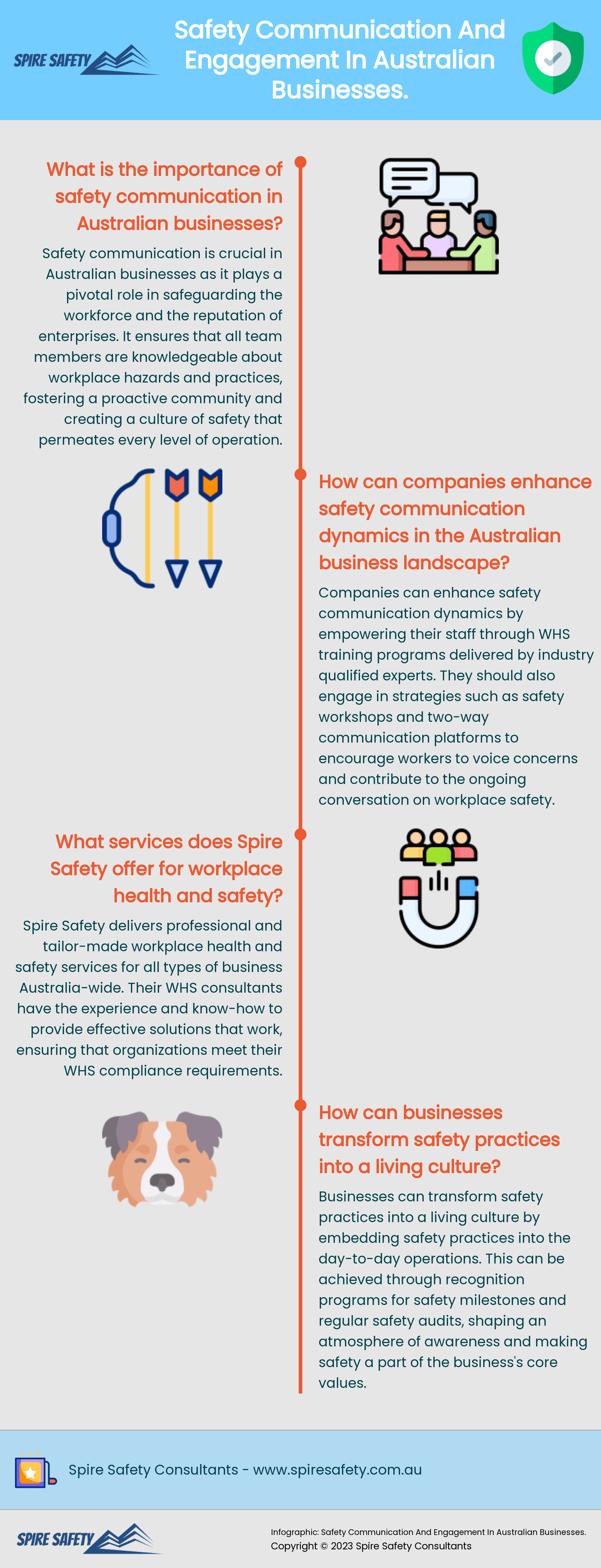Introduction
In the bustling environment of Australian businesses, safety communication plays a pivotal role in safeguarding both the workforce and the reputation of enterprises.
Through strategic engagement and diligent practice, companies can create a culture of safety that permeates every level of operation.
For those searching for guidance, this article offers a wealth of insights, blending compelling advice with practical wisdom to enhance your grasp of safety communication dynamics in the Australian business landscape.
Key Takeaways:
- Grasp the significance of safety communication in Australian businesses.
- Implement actionable tips to foster a strong culture of safety.
- Engage with real-world applications and strategies for immediate improvement.
Crafting an Atmosphere of Awareness: The Heart of Safety Communication
Why Focus on Safety Communication?
At its core, a business thrives on the well-being of its employees. Effective safety communication ensures that all team members are knowledgeable about the hazards they may encounter and the practices they should follow to mitigate risks.
Shaping an atmosphere of awareness isn’t just about adhering to regulations; it fosters a proactive community vigilant about keeping the workspace hazard-free.
Creating a Dialogue: Engagement Strategies
The art of creating a safety dialogue within your company involves more than sending out memos. Engaging strategies, such as safety workshops and two-way communication platforms, encourage workers to voice concerns and contribute to the ongoing conversation on workplace safety.
The Cultural Backbone: Embedding Safety Practices
Transforming safety from a set of guidelines to a living culture requires embedding safety practices into the day-to-day operations of your business.
Recognition programs for safety milestones and regular safety audits can be instrumental in this transformation.
Leadership’s Role: A Spearhead for Change
Leadership is the spearhead for instilling a safety culture. When managers exemplify safety in their actions and decisions, it cascades down through the ranks, motivating the entire workforce to adopt a similar mindset.
Identifying Hazards: The Foundation of Prevention
Understanding and identifying potential hazards form the foundation of any prevention strategy. Regular risk assessments and safety training sessions should be routine to keep this knowledge fresh and relevant.
Communication Tools: Technology’s Hand in Safety
Advances in technology have birthed numerous tools essential for effective safety communication. From incident reporting apps to online training modules, these tools can streamline safety procedures and information dissemination.
Training for Adaptability: Preparing for the Unexpected
Adaptability is a necessary trait in the fluid landscape of workplace safety. Customized training programs that simulate unexpected scenarios prepare employees to act swiftly and appropriately should the need arise.
Feedback Loops: The Engine of Improvement
Instituting feedback loops helps businesses to continually refine their safety practices. These can include regular team meetings to discuss safety issues or anonymous suggestion systems for employees to report potential hazards or propose improvements.
Instilling the notion of safety as a shared responsibility is key to an effective safety communication strategy. Emphasizing that everyone has a role to play ensures individual accountability and collective vigilance.
Inclusivity in Safety Communication
Inclusivity ensures that safety communication strategies are accessible to all employees regardless of their role, language, or literacy level. Simplified language, visual aids, and translations are crucial for broad comprehension.
Case Studies: Learning from the Best
Exploring case studies of businesses that have successfully integrated safety communication provides rich learning opportunities. These real-life examples serve as a blueprint for constructing robust safety engagement within your own organization.
Advice & Actionable Tips
- Prioritize Regular Training: Instigate regular, comprehensive training tailored to specific roles and risks.
- Craft Clear Policies: Develop and communicate clear, concise safety policies that are easy to understand and follow.
- Open Channels of Communication: Establish open communication channels to encourage reporting and discussions around safety.
- Recognize Safe Behaviour: Encourage safe behaviour through a rewards system or acknowledgment of individual and team efforts in maintaining safety.
- Update Safety Signage: Maintain visibility of safety procedures with up-to-date, clearly posted signage in key areas.
- Invest in Technology: Use modern technology to aid in reporting and addressing safety concerns promptly.
FAQs
How can businesses enhance safety engagement among employees?
Bold, regular training sessions and incentives for safe behaviour contribute to heightened safety engagement. Open dialogue and technology also play significant roles.
What practices can help in the prevention of workplace incidents?
Implement safety audits, hazard identification processes, and adaptable training programs to maintain vigilance and preparedness among employees.
Why should safety communication be inclusive?
Inclusiveness ensures that every employee understands safety protocols, which is vital for a holistic and effective safety culture.
Conclusion
In conclusion, safety communication is not a perfunctory checkbox for Australian businesses—it’s an essential component of their success and sustainability.
Crafting a culture of safety is not done in silos; it’s an orchestrated effort of leadership, technology, regular training, and above all, engagement at every level.
By following the actionable tips provided here, you’ll be well on your way to creating a safer, more responsive, and cohesive work environment.
By implementing these strategies, Australian businesses can achieve a workplace that not only meets safety standards but exceeds them, providing a safe harbour in which their enterprise and employees can both flourish and grow.









